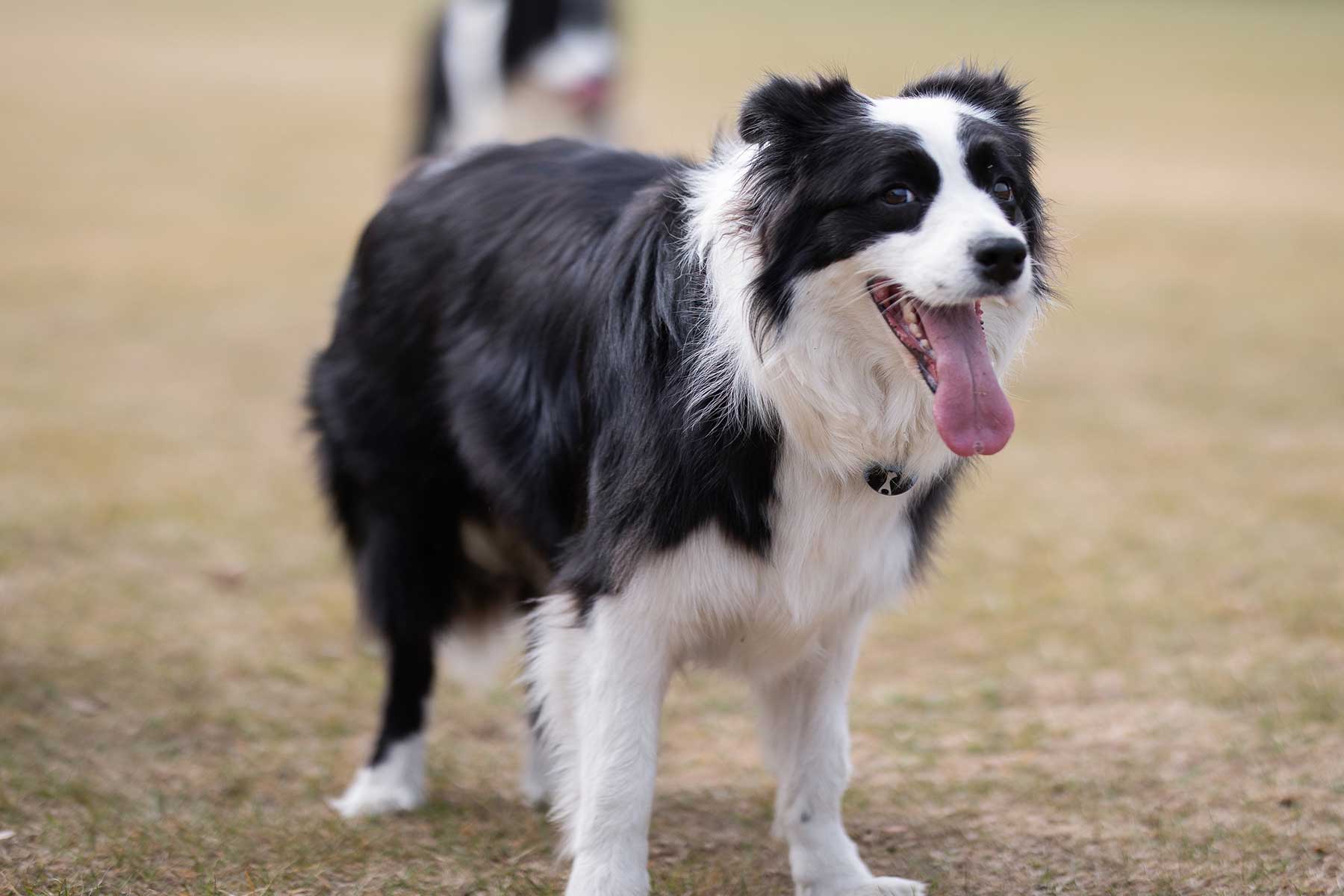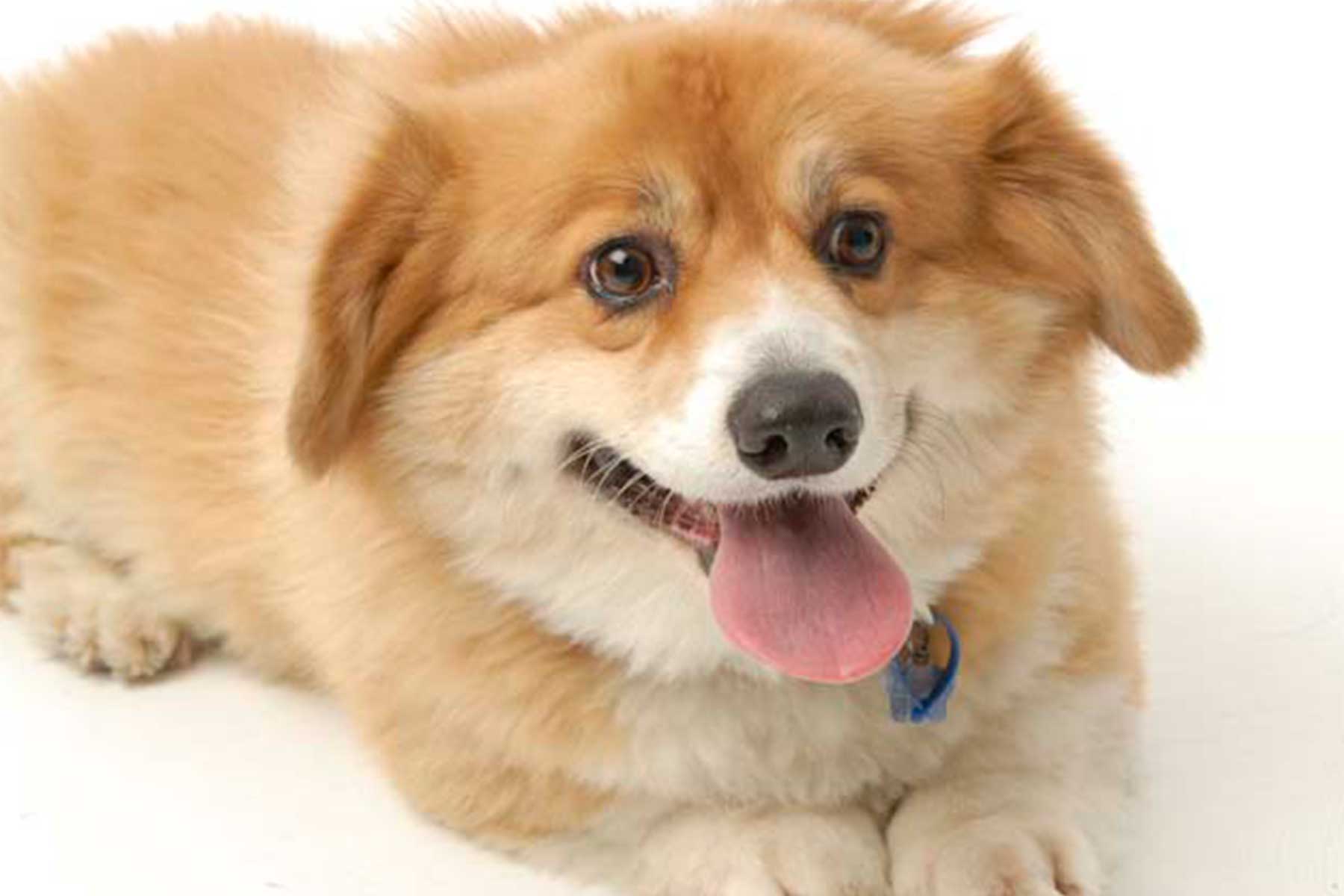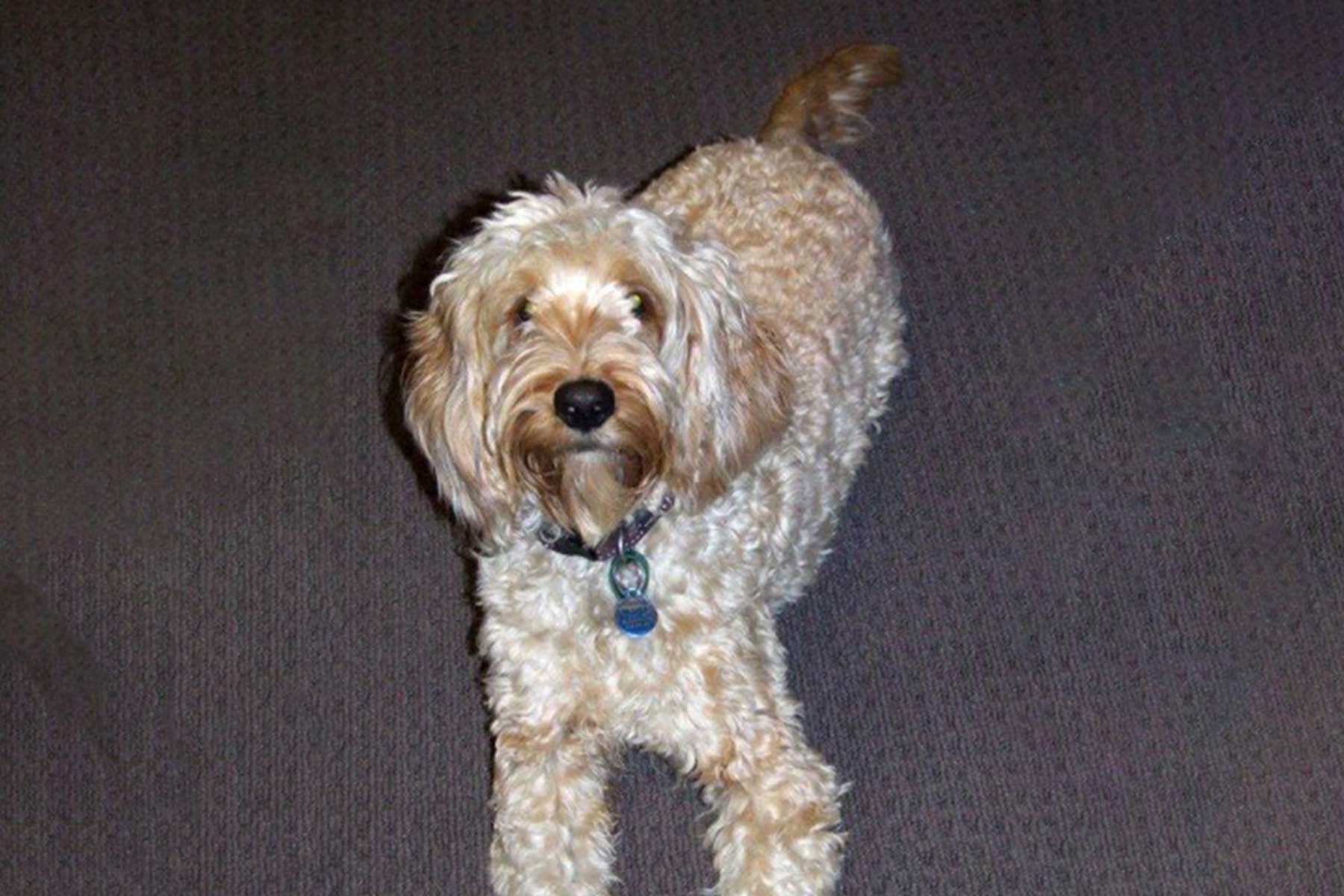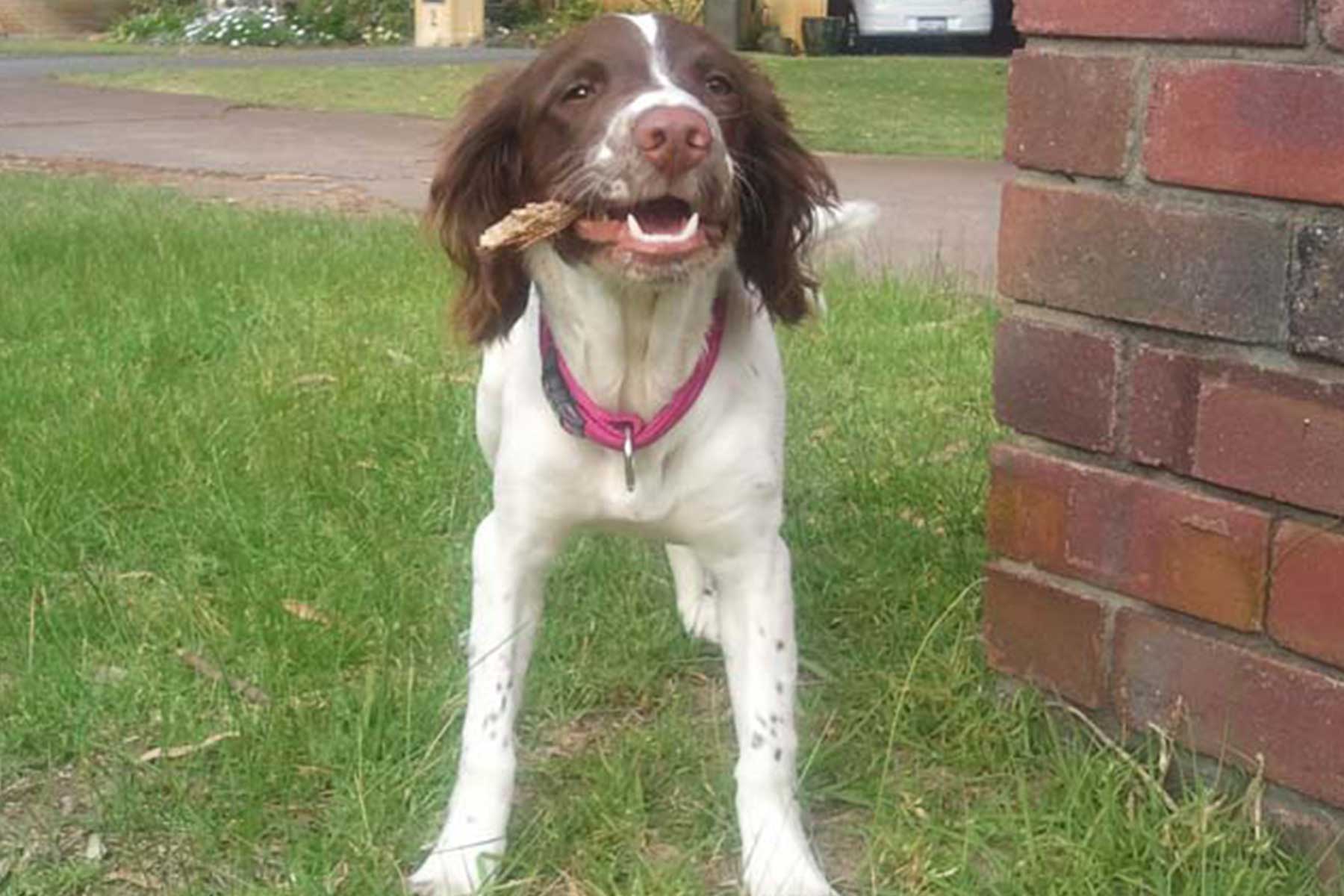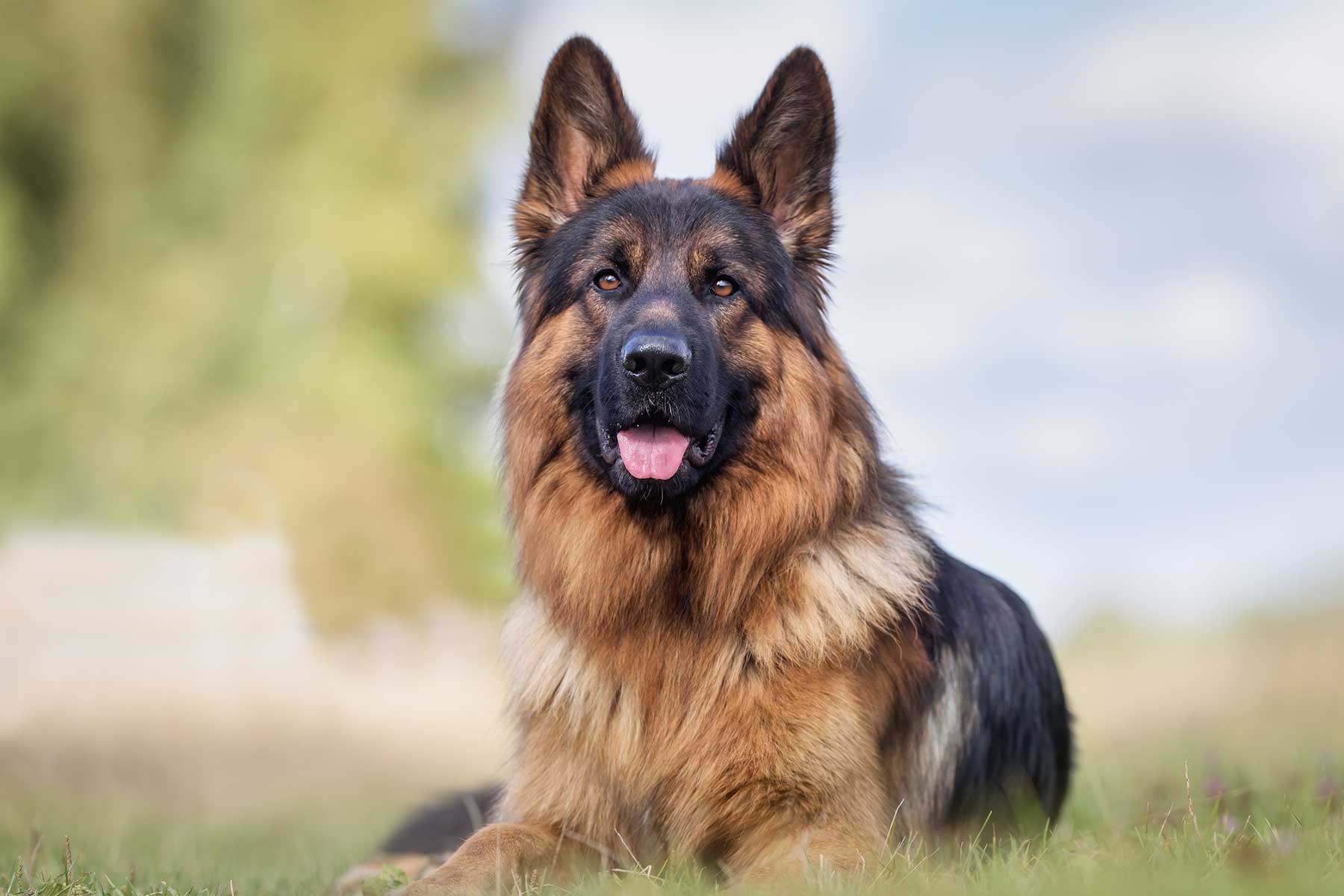Environmental enrichment is one of the most important things that we can do for our pets but is something that is quite commonly overlooked by pet owners in one of the most obvious places – during walks. For many owners, the focus of walks for our canine friends has always been on aerobic exercise and the benefits that it provides in terms of staying fit and healthy. Exercise is an important factor but this can be done in other ways as it is not at all, what walking our dogs should be about.
The most important function that walking and exploring holds for our dogs, is the enrichment and information it provides to them. All animals possess an olfactory processing portion of the brain dedicated to deciphering scents. Sense of smell is by far the most important sense for a dog, in fact, did you know that the olfactory processing cortex is approximately 40 times larger (relative to total brain size) in dogs than in humans? A human’s brain is dominated by a large visual cortex whilst a dog’s brain is dominated by the olfactory cortex. The Olfactory bulb accounts for one-eighth of the dog’s brain! A dog has around 220 million scent receptors in their nose – that’s 44 times the number of receptors in our own human nose. The bloodhound exceeds this standard with nearly 300 million scent receptors! That is huge! Scent is their primary way of gathering information from the environment in which they live. For a dog, going for a walk is the human equivalent of watching the news, reading the newspaper and checking social media. Information is the currency in a dog’s world, so not allowing them time to engage in their natural behaviours and sniff as needed is going to negatively affect your pet’s health and wellbeing.
So, what can we do to make sure our dogs are getting what they need, from our walks together? Below are a few tips that you can incorporate into your next stroll with your furry friend:
- Allow your dog to direct the walk. Let them decide the route and path you take. Allow them to decide when and in what directions you travel. Allowing it to be their choice, allows them to gather the information they desire.
- Let them sniff! Humans are far too impatient and often don’t allow their dogs to stop and sniff, or only allow it for a few seconds at a time. Allow your dog to sniff for as long as they need to. There should be no rush on a dog-directed walk. If your dog is taking far too long, you can introduce cue words or phrases to let them know when it is time to move on eg. “Let’s go”.
- Bring treats and rewards! What better way to help your canine friend enjoy their walk even more than to add some positive reinforcement? You can use these treats to assist you if your pup gets too distracted, to bring their focus back to the task at hand.
- In an ideal world, every walk would be dog-directed, but if this isn’t the case, make sure you allow plenty of time each day for your dog to walk just for the sake of enrichment and enjoyment.
Even employing just a few of these simple tips will greatly boost your dog’s happiness and contentment both before, during and after your walks together. Humans need breaks too, so remember to try to stop and smell the roses – just like your dog does.
Written by Bonnie Parker, Veterinary Nurse


